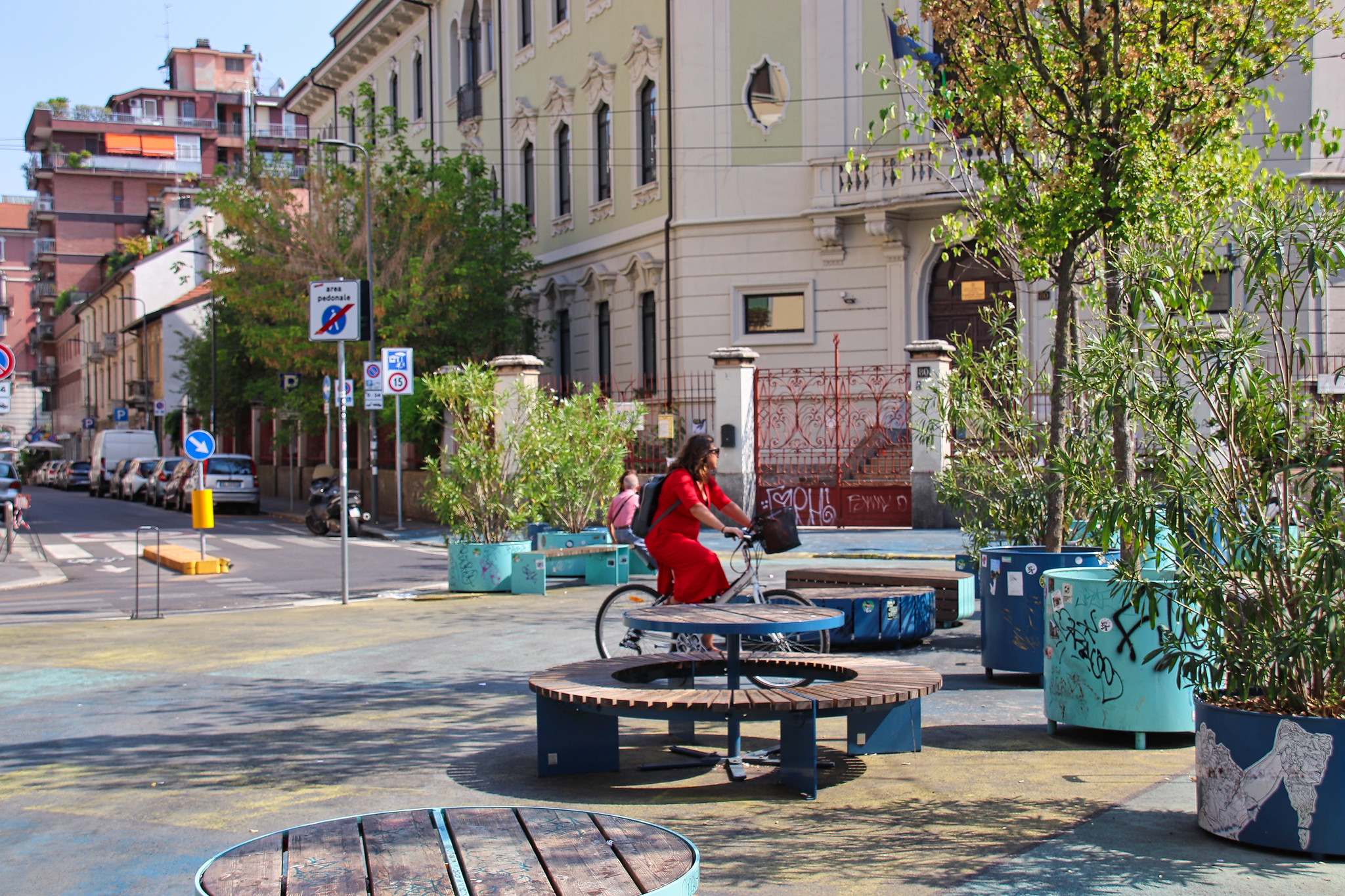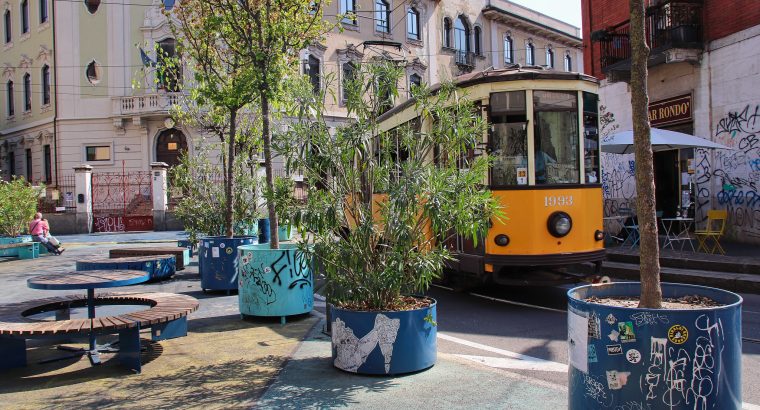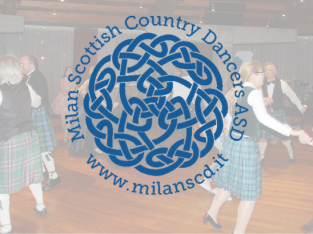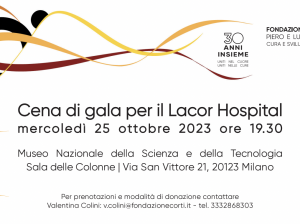Exploring Milano NoLo District
NoLo: Milan’s Coolest “New” Quarter
Milan is constantly changing: former run-down and abandoned industrial areas, such as Porta Nuova, Portello and P.ta Genova have been infused with new life and have been settled by a new class of resident and worker: upmarket, professional and predominantly young. Following the trend set by New York, which has seen a renaissance in its own previously declining areas of trade and commerce – Brooklyn, Harlem, the Meatpacking District, Hudson Yards, etc – neglected, working class areas of Milan are undergoing a process of gentrification which, while not universally welcomed, is nonetheless inexorable as it sucks in first artistic talent and small-scale entrepreneurial ambition, followed by huge capital investments and political support at the city and regional level. The old, often derelict architecture of the city’s industrial past is being demolished or adapted for a new, green post-industrial age: high-tech office complexes, stylish shopping malls and luxury apartments have sprung up where formerly there were factories, railway goods yards and cramped tenement accommodation.
As one part of the city gentrifies, so the surrounding areas experience a knock-on effect, partly due to young creatives and students outpriced by the rent rises in existing locations seek newer, cheaper places to establish studios, open independent cafés and restaurants and develop experimental artistic projects: again, taking New York’s lead, Milan now has a number of “secondary”, upcoming areas whose nicknames reflect the trends of the Big Apple: NoLo, the area north of Loreto, has taken the inspiration for its name from New York’s NoHo (“North of Houston Street” – derived from SoHo, the area to the south of that thoroughfare) and Nolita (or “North of Little Italy” for short). The name NoLo was actually invented by architects Francesco Cavalli, Luisa Milani and Walter Molteni in 2012, as part of a humorous discussion about creating a neighbourhood brand along the lines of New York’s SoHo or Tribeca for the nondescript area in the north-east of Milan. The newly coined term spread quickly and within a few years was adopted by social groups and organisers of events. In 2019, the label NoLo received the official seal of approval by Milan’s municipal authorities in its PGT (Government Plan of the Territory for Milan 2030).

Lying between Via Padova and Viale Monza, NoLo is the most ethnically diverse area of Milan. Long before it was settled by waves of immigrants from Asia, Africa and the Middle East, the quarter was home to migrants from other regions in Italy, initially from the Veneto in the early 20th century and later, after the war, from the South. Workers in the former industrial zone of Sesto San Giovanni to the north built strong working class communities in the area, little thinking that one day the streets and houses they occupied would become sought-after properties commanding inflated rents and the homes of designers and other professionals.
Indeed, nowadays NoLo is an area buzzing with creative energy, street art, concept stores and pop-up shops, restaurants and bars catering to a younger, less traditional market with a vast range of ethnic cuisine options, as well as high-quality vegetarian and vegan cuisine. Radiating out from its cultural hub in Piazza Morbegno, home to GhePensi M.I. (Milan dialect for “I think that” MILAN), the bar which has played a pivotal role in revitalising the area, the “NoLo effect” has helped to give the place an alternative, hipster feel reminiscent of London’s Camden, Hackney and Shoreditch areas. Undoubtedly, a lot of NoLo’s charm comes from its newly appreciated architecture, such as the original Milanese “ringhiera” apartment blocks featuring courtyards, staircases and walkways enclosed by railings. The 1930s Communal Market in Viale Monza with its vaulted barrel roof is an important local landmark. The area is gradually shaking off its reputation for street crime and gang violence but certain parts of the rebranded quarter remain authentically “sketchy”.
Piazza Morbegno, which features an abstract blue and yellow whale painted on the ground, is a focal point for community events and gatherings. The piazza is also where you can find the Fòla bakery and Silvano, a retro wine bar. One of NoLo’s main draws is its pedestrian spaces, pavements that can accommodate outdoor seating, and a 30 km per hour speed limit.

The easiest way to reach NoLo is by taking the red M1 metro line to any of the stops that pass through it: after the main interchange of Loreto (which also connects with the green M2 line) you can get out at Pasteur, Rovereto or Turro. The nearby Casoretto area has also been the subject of renewed interest and appreciation, although the main focus of the zone’s redevelopment will be the Scalo Farini, a disused railway goods yard flanking NoLo’s western side. Farini (close to Via Gluck, the street made famous by 60s rock’n’roller Adriano Celentano, who grew up there) is a 20,000 m2 site that will be the location of the Brera Academy’s new sculpture hub. The former goods yard will also be transformed into a green oasis with environmentally friendly offices, shops, restaurants and residential units.
In the meantime, there is still a wealth of new, independent eateries, boutiques, galleries and entertainment venues to explore in NoLo, which really comes alive at night. Caffineria, in P.za Morbegno, a combined coffee bar and winery, is bagel heaven, offering vegan options as well as traditional pasta dishes, all with an excellent wine menu. In the evenings, its “open bar” allows patrons to sample a range of different wines for a fixed price. Caffineria also has a second location in the Martesana area of the city.
Asian cuisine, particularly Chinese, features in the wide range of restaurant options available in NoLo. Via Padova’s Wang Jiao is famous for its fire bowls and dishes sautéed in barrels. In the same street you can find Ristorante Zaoyidian, which specialises in breakfasts: try their steamed xiaolongbao and grilled charsiu bao fìto to start the day the NoLo way. In Viale Monza you can find sample handmade baozi and dumplings at Kung Fu Bao.
If you want to try one of Milan’s most traditional dishes, risotto, check out Da Abele in Via Temperanza. Their menu also offers other delights, including cod stew, a slow-cooked pork belly and wild boar in red wine.
For art lovers, NoLo offers a fresh, unexpected splash of vibrant colour against the somewhat drab urban canvas of the city: street art abounds in NoLo. The so-called “Muri Liberi” (“Free Walls”), inlcude those in Via Pontano, an outdoor gallery almost 700 metres long, where you can feast your eyes on Raptuz’s “Milanese Imbruttuito”, Aluà’s little pink men and Vim’s (Vincenzo Magni) imposing cat. Leoncavallo, a “centro sociale” (misleadingly translated into English as “social centre”) is a made-in-Italy drop-in centre / hub of political activism and arts venue in Via Watteau that features a “riot” of murals with a radical social flavour.
NoLo is famous for its alternative art galleries, exhibition spaces and impromptu venues that come into their own during the Fuorisalone, the annual design festival that spills over from the official displays at the Salone del Mobile (Furniture Fair) into the wider city. The Fanta Spazio gallery in Via Merano, founded by Alessio Baldissera, Gloria de Risi, and Alberto Zenere, orginally occupied the space under a railway arch and is home to exciting and challenging exhibitions.
Film buffs should check out the Beltrade Cinema in Via Oxilia, an historic picture palace which has been revitalised as an art house cinema showing an eclectic range of international movies. In Viale Monza you can find the legendary Zelig comedy club, where virtually all Italian comedians cut their teeth.
NoLo’s green lung is Trotter Park, a former horseracing track that is today an experimental elementary and middle school surrounded by lush greenery. Closed to the public during school hours, its pupils (belonging to over 70 nationalities) have the run of the place; at other times its open for anyone to enjoy.
So, if you’re tired of the conventional and formal aspects of Milan, head to NoLo and join the “Nolers” (as the locals style themselves) for a breath of fresh air and some creative inspiration.
Article by Robert Dennis for Easy Milano
Robert Dennis is a writer and Business English teacher based in Milan. He has been teaching for other 30 years both in the UK and in Italy. A long-time collaborator with John Peter Sloan, Robert published Business English (Gribaudo) in 2020. The book was launched with “Il Sole 24 Ore” and sold in newsstands throughout Italy. Robert has a website for people who want to learn Business English: PayAsYouLearn.com. The site features keywords and phrases, audio and exercises to help professionals improve their language skills. A graduate in English from Oxford University, Robert is a regular contributor to Easy Milano who often writes about plays staged in English in Milan and other cultural events in the city. He is also a translator and “buongustaio” who loves Italian food! robertdennis.it

Featured Image by RdA Suisse
You must be logged in to post a comment.




